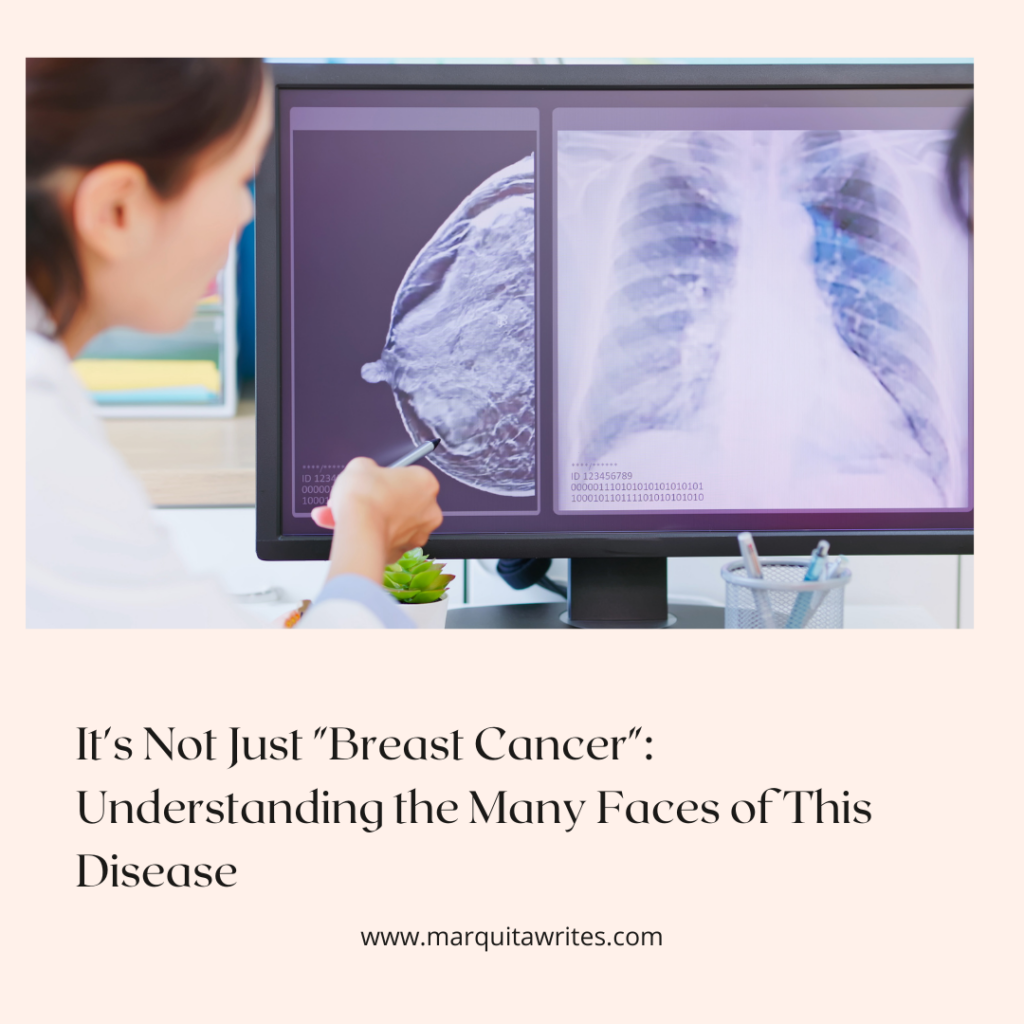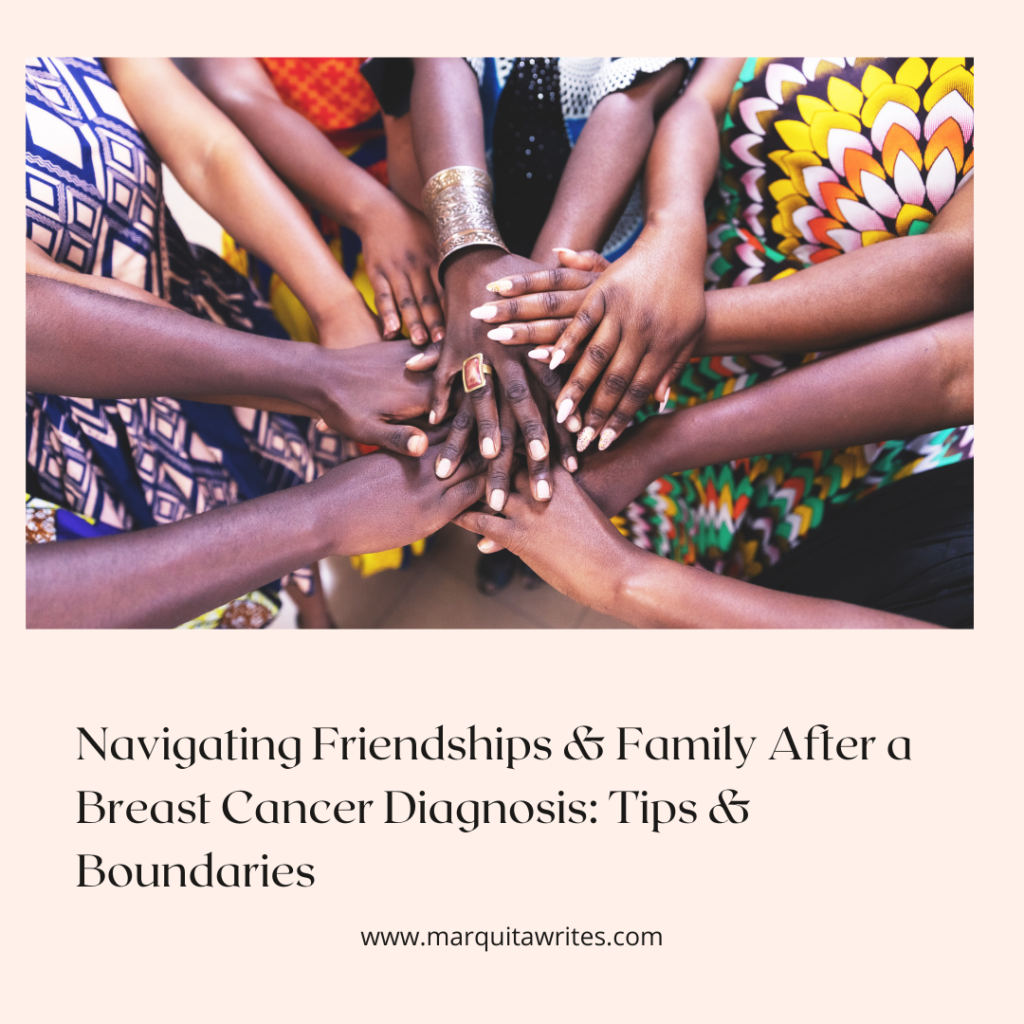
Your Body, Your Choice: Breast Reconstruction, Going Flat & WHCRA Rights

Undergoing a mastectomy is a life-altering experience, and the decisions that follow are deeply personal. Whether you choose reconstruction or decide to go flat, it’s your body and your choice. Understanding your rights is also a critical part of this process.
Understanding the Reconstruction Options
For those who choose reconstruction, there are two main categories:
- Implant-Based Reconstruction:
- This method uses breast implants, typically filled with saline or silicone gel, to recreate the breast mound.
- It can often be a less complex surgery than tissue-based reconstruction.
- However, implants may require future replacements or revisions.
- Tissue (Flap) Reconstruction:
- This method uses tissue from other areas of your body, such as the abdomen, back, or thighs, to create a new breast.
- It often results in a more natural-looking and feeling breast.
- However, it’s a more extensive surgery with a longer recovery period.
- Common flap procedures include:
- DIEP flap (deep inferior epigastric perforator): Uses abdominal tissue.
- TRAM flap (transverse rectus abdominis myocutaneous): Also uses abdominal tissue.
- LD flap (latissimus dorsi): Uses back muscle and skin.
The Choice to Go Flat: Equally Valid and Empowering
It’s crucial to acknowledge that breast reconstruction isn’t the only option. Many women choose to “go flat” after a mastectomy, which means not having any reconstruction. This is a perfectly valid and empowering choice.
- Going Flat:
- This decision involves accepting the natural contours of the chest wall after mastectomy.
- It eliminates the need for further surgeries and potential complications associated with reconstruction.
- It can be a liberating and empowering choice for women who prioritize simplicity, comfort, and body acceptance.
- This choice is not about giving up, but about taking control of your body.
Your Rights: The Women’s Health and Cancer Rights Act (WHCRA)
It’s essential to know your rights regarding breast reconstruction. The Women’s Health and Cancer Rights Act of 1998 (WHCRA) is a federal law that protects women who choose to have breast reconstruction after a mastectomy.
- What WHCRA Does:
- It requires group health plans, insurance companies, and HMOs that provide coverage for mastectomies to also cover breast reconstruction.
- This includes coverage for all stages of reconstruction, including surgery on the other breast to achieve symmetry, and any necessary prostheses.
- It also covers treatment of physical complications at all stages of the mastectomy.
- This law helps to ensure that women have access to the full range of post-mastectomy options, regardless of their financial situation.
Why It’s Your Personal Decision
Choosing how to proceed after a mastectomy is a highly individual decision, and several factors can influence your choice:
- Your Body: Your body type, overall health, and the availability of tissue for flap reconstruction play a role.
- Your Lifestyle: Your activity level and lifestyle can influence which type of reconstruction is most suitable, or if reconstruction is suitable at all.
- Your Goals: Consider your desired outcome, whether it’s achieving symmetry, restoring a natural appearance, or prioritizing a simple recovery and avoiding more surgeries.
- Your Emotional Well-being: Reconstruction or going flat can significantly impact your self-esteem and body image.
- Recovery time: Implants generally have a shorter recovery period than flap procedures. Going flat has the shortest recovery time of all.
- Risk factors: all surgical procedures have risks, and these risks change depending on the type of procedure.
Key Considerations
- Open Communication with Your Medical Team: It’s essential to have open and honest conversations with your surgical team about all your options, including going flat.
- Understanding Your Insurance Coverage: Be sure to understand your insurance coverage and how the WHCRA applies to your situation.
- Emotional Support: Talking to other breast cancer survivors or joining support groups can provide valuable emotional support and guidance, regardless of your choice.
- Informed Decision-Making: Take your time to research and understand all your options, their benefits, and their potential risks.
Your Journey, Your Choice
Remember, there’s no right or wrong answer when it comes to post-mastectomy decisions. The most important thing is to make an informed decision that aligns with your personal goals, preferences, and sense of self.



